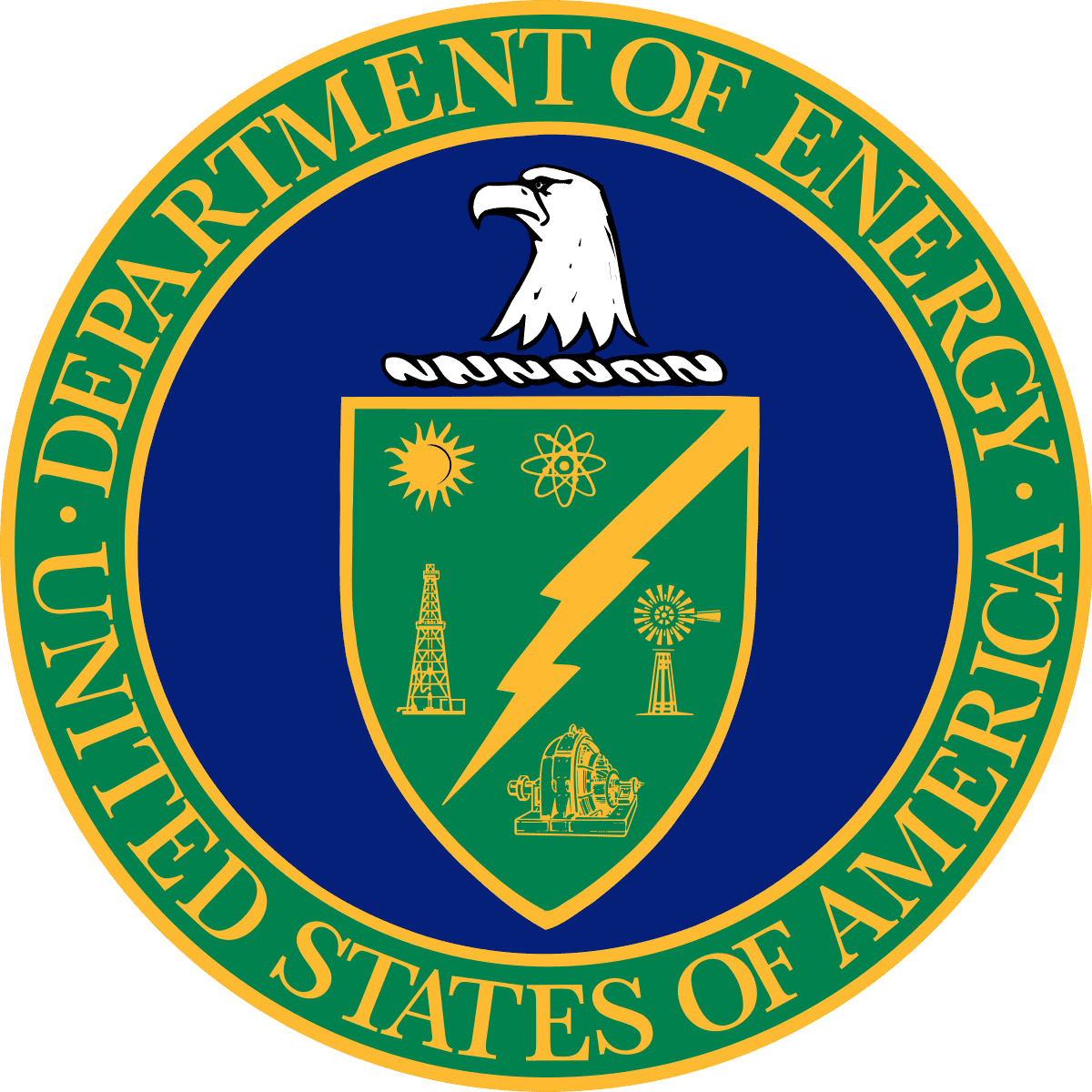
4 Apr 2024
How Critical is the Need for New AI-Driven Power?
The issue of power is top of mind at the moment for data center planners and operators. An inability to meet current demand is an issue from the largest data center hubs – Virginia, Chicago, Singapore, and Seoul, for example – to dozens of developing nations with ambitions to increase their data center footprints in the face of under-developed electricity grids that cannot serve basic societal needs, let alone data centers.
Add to this situation the need for sustainability and climate-change abatement combined with the idea of massive, looming AI growth reputed to add enormous new amounts of thirst to an already parched global grid, and it looks like it's time to hit the panic button.
By the Numbers
A recent examination of the numbers by IDCA Research finds no need to panic, even as anticipated growth in the data center industry represents a very large global challenge. Although specific sources vary, we can work with a high degree of confidence of statistical validity with the following overall numbers:
* The world consumes about 28,000 TWh of electricity per year – about 3.2 terawatts of steady-state power.
* Data centers consume about 370 TWh of this power – about 42 gigawatts of steady-state power. This is about 1.3% of the entire global electricity grid.
* Loudoun County, VA alone consumes 3.25 gigawatts of that global 42 gigawatts, with 4.7 gigawatts consumed overall by data centers in Northern Virginia.
* China and India each require a steady-state gigawatt to power their current data center footprints.
* In addition, the following cities have reached this level on their own: Phoenix, Portland, London, Amsterdam, Tokyo, and Singapore.
* There are dozens of metro areas on all six of the world's inhabited continents who now require between 200 and 800 megawatts, each with ambitious projections for future use.
* By 2028, data center electricity demand is projected by the global commercial real-estate developer Cushman and Wakefield to reach 42 terawatts in the Americas, to 24 terawatts in APAC, and to 13 terawatts in EMEA. This totals 79 terawatts, almost double today's usage.
The 2% Solution
So what does all this mean? If overall global electricity demand grows 3 to 4% annually over the next few years (as projected by the International Energy Agency), the global grid will grow to between 3.7 and 3.9 steady-state gigawatts. The data center industry's projected demand of 79 terawatts will thus produce a rise from today's 1.3% of the total grid to about 2% of it.
Separately, reported work at a university in Amsterdam projects AI in all its manifestations – large-language models, scientific modeling, software automation, and on – will require as much as 134 new terawatt hours, or about 15 new gigawatts, by 2027. If this new demand is separate from the 79 terawatts noted above, it would stress the global grid by another 0.5% by 2027.
Think and Act Local
This leads to the question of how bad can a pull of 2% to 2.5% of the global electricity grid be? The answer is that locally it can be very bad.
There are innumerable stories at this point about Dominion Energy's pessimistic outlook in being able to serve its data-center customers in Northern Virginia adequately. Illinois' scandal-ridden Comed, despite operating several nuclear power plants in the the northern half of the state, has expressed concerns about meeting Chicago's need. Grumbling routinely come out of Dallas, Silicon Valley, and other US regions.
Bans on the construction of new data centers in Seoul and Singapore are causing developers to look at the rest of the country in South Korea's case and to neighboring Malaysia in the case of highly-developed, hemmed-in Singapore. And in the cases of the governments of numerous developing nations in contact with IDCA, there are routine concerns that anyone developing a data center in their under-served countries must bring their own new power with them.
How to Develop the Power
A total of 94 gigawatts of new power (combining the 79 and 15 noted above) could require around US$400 billion in investment, given current construction costs. And what sort of power will be developed? Forget rooftop solar, for starters: this method can produce less than 2% of a data center's requirement. Developing local solar fields seems equally unrealistic, as a new 30MW plant, for example, would require a couple of square kilometers of solar panels, with concerns about maintaining a steady supply.
The nuclear-powered small modular reactors (SMRs) now being discussed are typically thought of in terms of up to 300 megawatts, too much power for even a large hyperscale center, although smaller reactors have worked in aircraft carriers and submarines for decades. Yet the idea of proliferating nuclear power across dozens of landscapes in nations developed and developing is still one to be tested by current political and regulatory environments.
Sustainable energy is now a fact of global life, now providing 30% of the world's electricity. But its deployment is far from uniform, especially with nature's own hydroelectric and geothermal power, which favors those who live close to it.
A Difficult Problem Indeed
A seemingly small hypothetical problem on the global scale turns into a highly difficult problem location by location. AI adds about another 20% to the degree of difficulty facing the data center industry, but does not appear to be the core issue, after looking at all the numbers. At IDCA, we've developed our Digital Readiness Index of nations to assess how well all the nations of the world have progressed down the technological path, and how equipped they are to progress further.
After rigorous looks for correlations between specific factors and progress, and running numerous (read “endless”) simulations, we don't currently place data center development among the very top factors in determining a nation's progress and score. Factors such as Internet access and speed, mobility, cost of living, income disparity, and corruption all factor more heavily into the process.
That said, data center footprints invariably are very strong within the very strongest nations. Anticipating steadily increasing digital trade globally, a massive undersea fiber optic infrastructure now serving almost all corners of the globe, and the incentive for nations to seize early-mover advantages in the coming AI era, it appears to behoove every nation to address its internal issues of power supply and how to develop it to support new phases of data center development.
Photograph of new DeKalb data center by Meta.
Follow us on social media:


.d57b427b.png&w=3840&q=75)

















